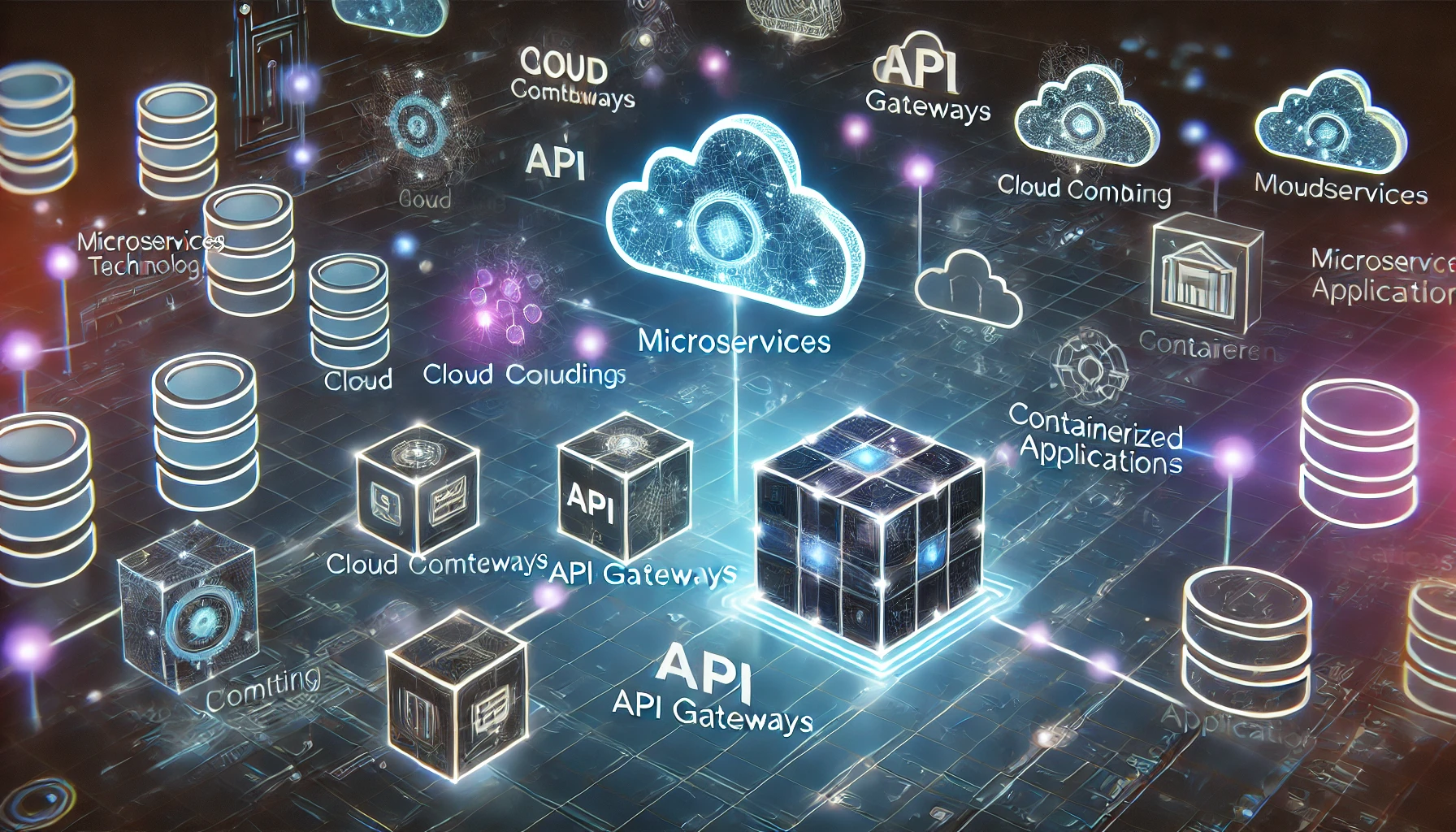Understanding Microservices: A Comprehensive Guide
Microservices architecture has revolutionized the way modern applications are designed and deployed. Instead of building monolithic applications, developers break down software into smaller, independent services that communicate with each other via APIs. This approach offers scalability, flexibility, and better maintainability.
Key Characteristics of Microservices
- Independence: Each microservice runs as an independent unit and can be deployed separately.
- Decentralized Data Management: Each service has its own database, avoiding single points of failure.
- Scalability: Individual services can scale independently based on demand.
- Technology Agnostic: Each microservice can use different technologies and programming languages.
- Resilience: A failure in one microservice does not bring down the entire application.
Benefits of Microservices Architecture
- Enhanced Scalability: Services can scale separately based on their workload.
- Faster Deployment: Individual services can be deployed without affecting the entire application.
- Improved Fault Isolation: Failures in one service do not impact others.
- Flexibility in Technology Stack: Teams can choose different programming languages and frameworks for different services.
- Better Team Productivity: Teams can work on different microservices independently, speeding up development.
Challenges of Microservices
Despite its benefits, microservices architecture comes with its own challenges:
- Complexity: Managing multiple services can be difficult.
- Communication Overhead: Services need efficient communication mechanisms.
- Data Consistency Issues: Maintaining consistency across distributed databases can be challenging.
- Deployment Complexity: Continuous integration and deployment pipelines must be well-organized.
How Microservices Work
Microservices communicate via lightweight protocols like HTTP, REST, or messaging queues such as Kafka and RabbitMQ. They interact with a central API gateway, which routes requests to the appropriate service.
Example of a Microservices-Based System
Imagine an e-commerce application that consists of the following microservices:
- User Service: Handles authentication and user profiles.
- Product Service: Manages product catalog and inventory.
- Order Service: Processes customer orders and payments.
- Shipping Service: Manages delivery tracking and logistics.
- Notification Service: Sends emails and SMS updates.
Each of these services can be developed, deployed, and scaled independently.
Tools and Technologies for Microservices
To implement microservices effectively, developers use various tools and technologies, such as:
- Containers & Orchestration: Docker, Kubernetes
- API Gateway: Kong, NGINX, AWS API Gateway
- Service Mesh: Istio, Linkerd
- Databases: PostgreSQL, MongoDB, Cassandra
- Monitoring & Logging: Prometheus, ELK Stack, Grafana
- CI/CD: Jenkins, GitHub Actions, GitLab CI/CD
Best Practices for Implementing Microservices
- Design Services Around Business Capabilities – Each service should be responsible for a specific function.
- Use API Gateway – Acts as a single entry point for managing requests.
- Implement Proper Authentication & Authorization – Use OAuth, JWT, or API keys.
- Monitor Services Efficiently – Implement centralized logging and monitoring.
- Ensure Automated Testing – Use unit tests, integration tests, and contract tests.
Conclusion
Microservices architecture provides scalability, flexibility, and better maintainability for modern applications. While it comes with challenges like complexity and data consistency, the right tools and best practices can help overcome them. As businesses continue to adopt cloud-native technologies, microservices will remain a key architectural choice for building robust and scalable applications.



